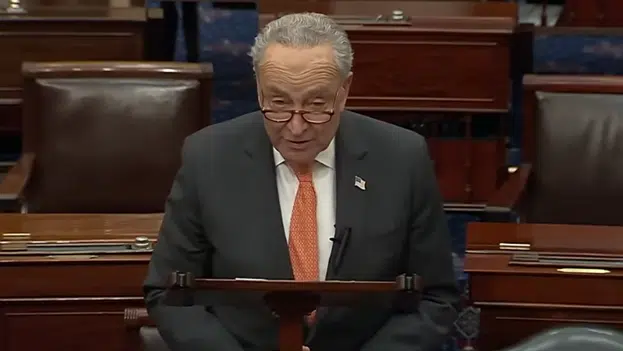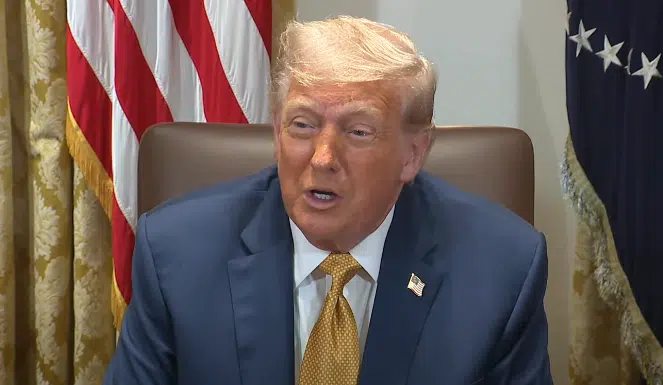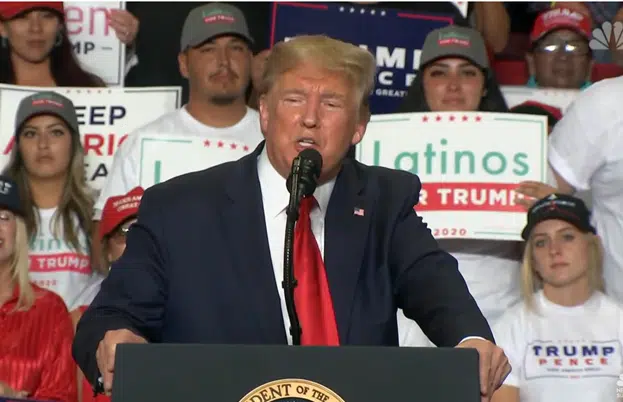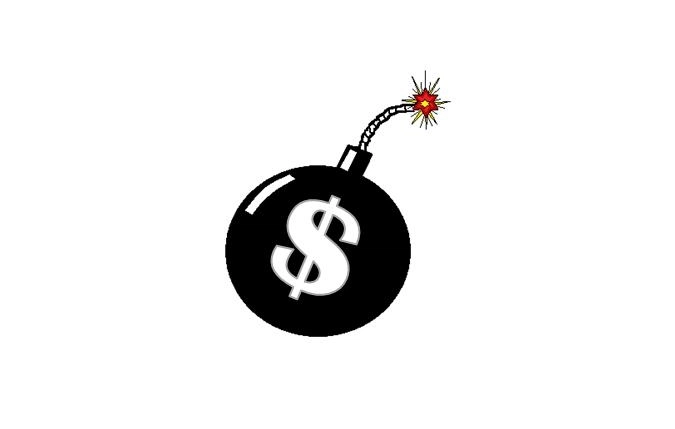Vice President Kamala Harris’ campaign has unveiled a new scheme to facilitate home building and home purchases with hundreds of billions of dollars of subsidies, including a $25,000 first-time homebuyer subsidy, said by the campaign to cost $100 billion to facilitate 1 million first-time home purchases a year over the next four years.
Additionally, Harris wants to expand homebuilder tax credits to facilitate construction of an additional 3 million new units over that time.
Similar incentives are already used by Congress via the Department of Housing and Urban Development and the Department of Treasury to facilitate home and apartment construction and renovation, including $3.3 billion of community development block grants, but what Harris is proposing is much larger.
In the 2000s, underwriting standards were reduced to facilitate an expansion of mortgage loans to homebuyers. a massive injection of credit as mortgage debt nearly doubled from $4.9 trillion in 2003 to $9.29 trillion by the end of 2008, according to the New York Federal Reserve data, as home prices jumped a gargantuan 40 percent according to the Freddie Mac Home Price Index. The number of mortgage holders had skyrocketed from 80 million in 2003 to 98 million in 2008. From 2003 to 2007, more than 9 million new privately owned units were put onto the market.
Afterward the financial crisis — which was created by overproducing homes leading to prices to eventually collapse (by more than 26 percent by 2011) and the last homebuyers in the bubble to be left with negative equity that many chose to be foreclosed upon rather than pay because they couldn’t afford to sell — mortgages settled back down to about 80 million mortgages with about $8 trillion of mortgage debt by 2013. Homebuilding also slowed down, with only 4.3 million new homes constructed.
There it remained relatively stable at about 80 million mortgages, but home prices once again appreciated from their bottom in 2011 by about 38.8 percent through the end of 2016, with still 80 million mortgages with mortgage debt reaching $8.5 trillion. And the pace of homebuilding picked up again, totaling 3.3 million from 2014 through 2016.
Further, from 2017 to Jan. 2021, home prices again appreciated another 32 percent, the number of mortgages reached 81 million and mortgage debt increased to $10 trillion. From 2017 to 2021, another 5.1 million new homes were constructed.
Finally, since Jan. 2021, home prices continued accelerating, up another 32.3 percent as the number of mortgages has jumped to 85 million and mortgage debt is now up to a whopping $12.5 trillion as another 6.4 million new homes were constructed, although, new private owned homes built has been dropping each of the past 3 years from its 2021 peak of 1.6 million to 1.4 million in 2023 and averaging 1.35 million in 2024 so far. Usually, home construction slows down leading into recessions, which Harris is desperately hoping to avoid until at least after the election in November.
But now, prices have gotten so high, thanks in no small part to the $7 trillion printed, borrowed and spent into existence during and after Covid, that the rate of existing home sales are plummeting, just like they did in the 2000s. In Jan. 2021, existing home sales were at a seasonally adjusted, annualized rate of 6.69 million units sold. Whereas, by June 2024, it is all the way down to an annualized 3.89 million units sold, as 41.8 percent decrease.
So, home building is up, but now home buying is down but there’s still a lot more mortgages. That means there is no supply shortage.
The reason is not because of a lack of subsidies, it is because personal incomes have in no way kept up with the rising costs of housing, only up 18.2 percent compared to home prices’ 32.3 percent. Additionally, 30-year mortgage interest rates have more than doubled since 2020, and with it, monthly mortgage payments on the same unit of housing if purchase now has similarly more than doubled.
It is into that mix that Harris wants to pour in hundreds of billions of dollars of more subsidies for both home building and first-time homebuyer downpayments, essentially a mortgage origination subsidy bringing the number of mortgages to about 90 million and beyond, the highest levels seen since the housing bubble popped, at a time when incomes are not keeping up with inflation.
Here’s a hint. A house that was worth $250,000 in Jan. 2021 is now worth $337,000. Harris wants to give the homebuyer for that existing home a $25,000 subsidy, knocking the principal owed down to $312,000. And they’d be paying about 6.8 percent in interest payments. In 2021, with interest just 2.65 percent, that same unit only cost $1,007 a month when it was worth $250,000.
So, instead of the current $2,192 a month owed for the mortgage payment on that same unit, despite hundreds of billions of subsidies in the Harris scheme, even if the prices of homes magically remained frozen which they won’t, the monthly payment drops to $2,096 a month. Wow.
All that to keep the housing expansion going, as home prices keep appreciating, and as interest rates remain high, postponing a recession that will almost certainly come anyway, only with the potential of home prices collapsing like they did in the 2000s, wiping Harris’ Democratic Party out in the 2026 midterms should she win and likely in 2028 when she hopes to get reelected.
Or we could just eat the recession now, unemployment will go up, yes (it already has by 1.47 million since Dec. 2022), but interest rates will also come down all on their own, thereby reducing monthly mortgage payments, facilitating refinancing and making first-time home purchases more attractive, allowing a more virtuous cycle to ensue. Choose your poison.
Robert Romano is the Vice President of Public Policy at Americans for Limited Government Foundation.







